 |
New York Architecture Images-Gramercy Park THE FLATIRON BUILDING (Formerly FULLER BLDG) |
|
architect |
Daniel H. Burnham & Co. |
|
location |
175 Fifth Ave. |
|
date |
1902 |
|
style |
Chicago School |
|
construction |
steel frame which is covered with a non-load-bearing limestone and terra-cotta facade -22 floors, 87m (285 feet) high |
|
type |
Office Building |
| click here for Flatiron gallery | |
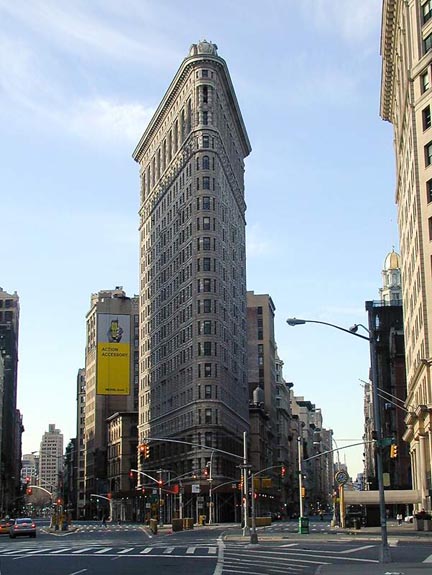 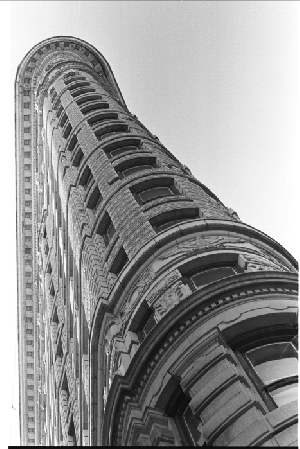 |
|
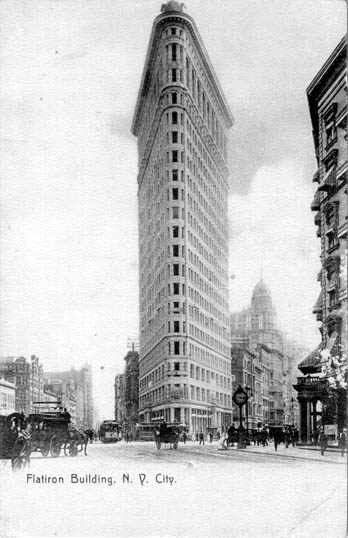 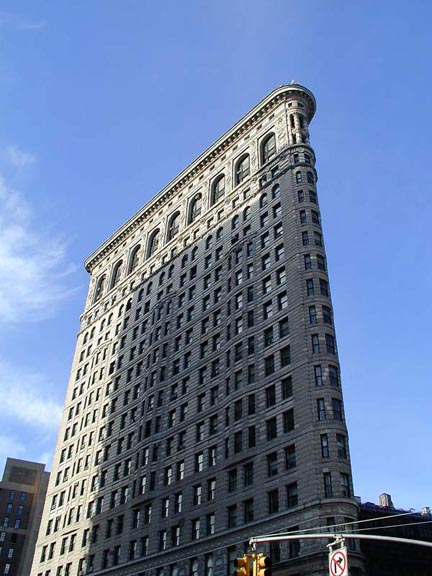 |
|
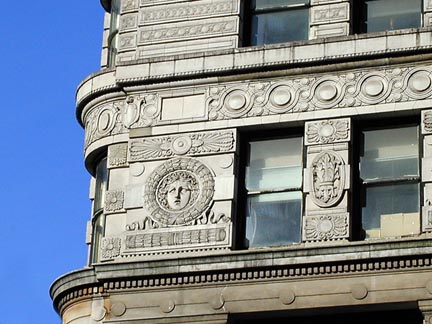 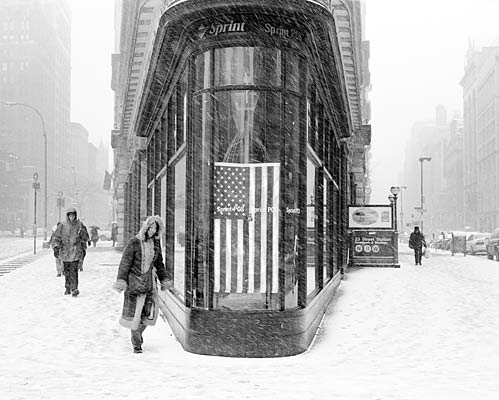 |
|
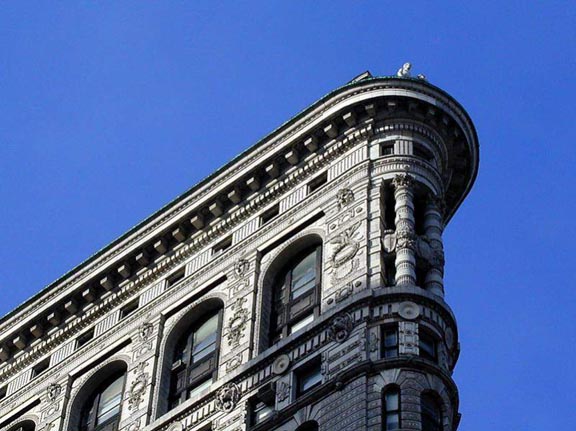 |
|
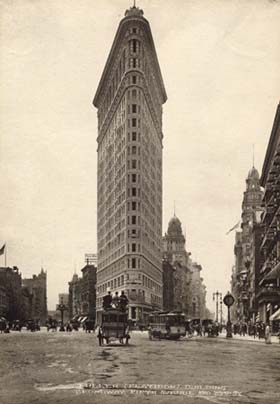 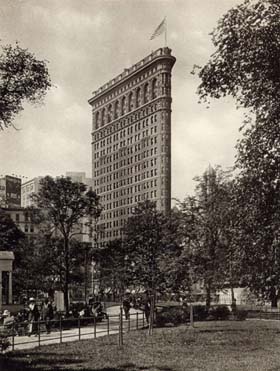 |
|
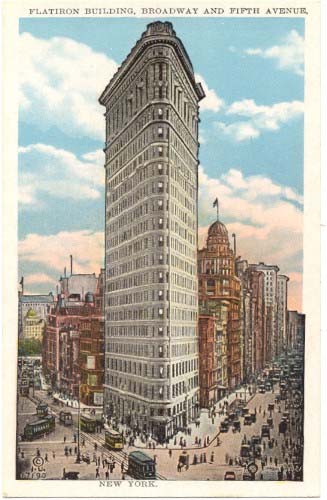 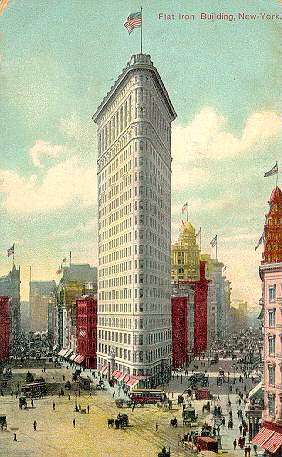 |
|
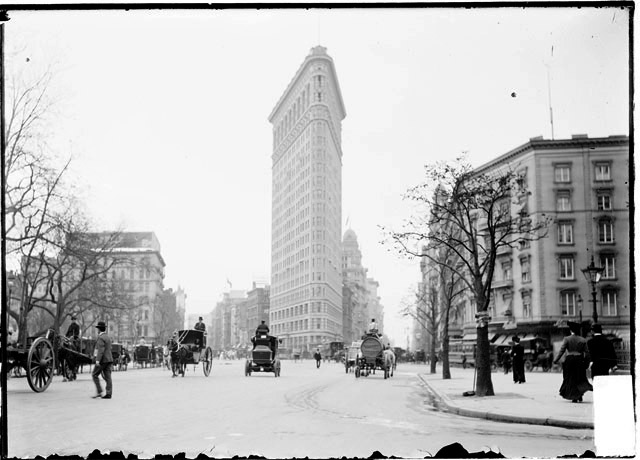 |
|
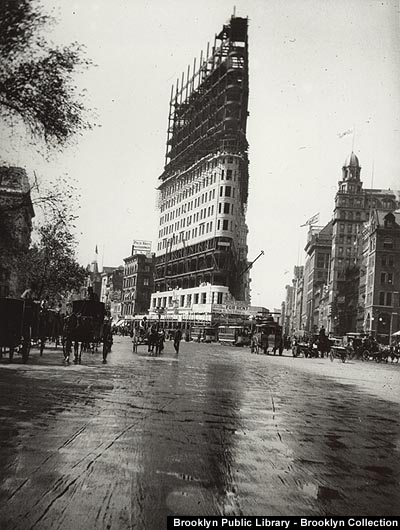 |
|
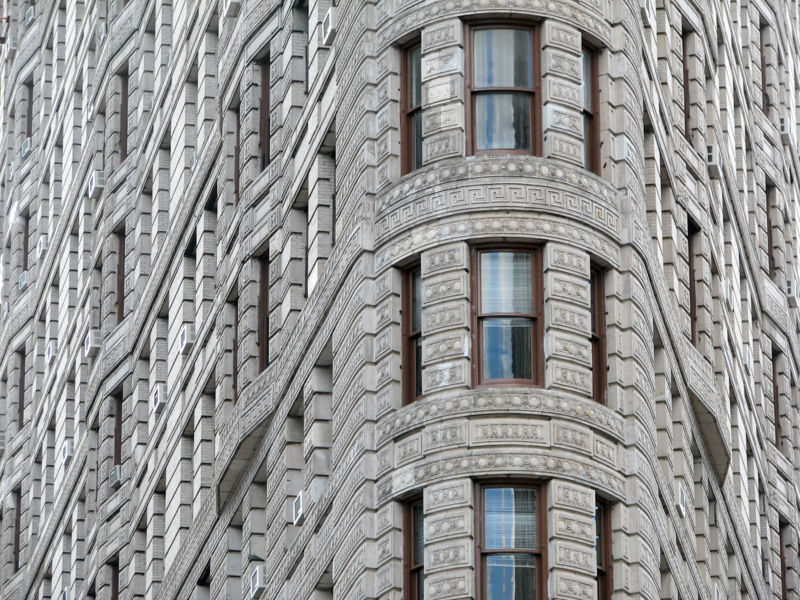 |
|
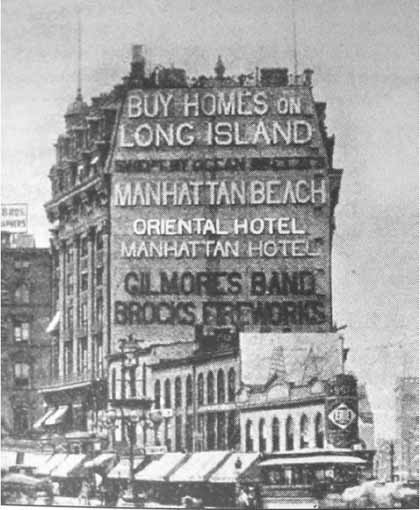 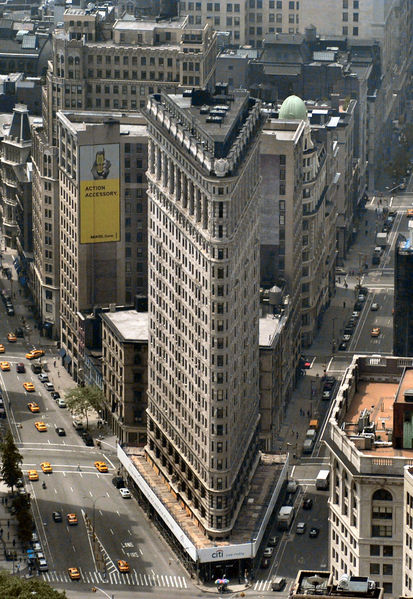 |
|
| formerly on the site. | |
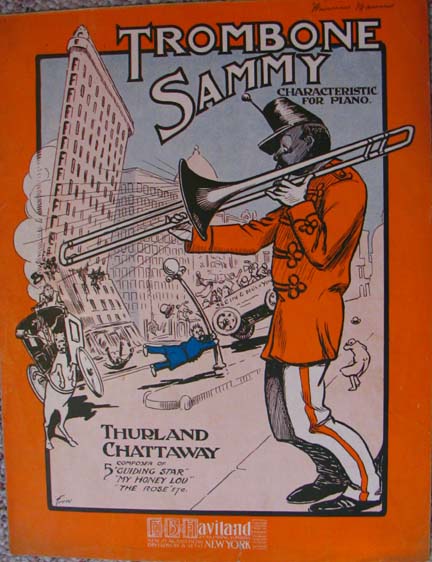 |
|
|
Here are the images from the old sheet music.
"In the City Where Nobody Cares" was written in 1910 by Charles Harris,
a famous writer of tear-jerker sentimental tunes. The first verse goes
thus: "The lights along Broadway were bright as the sun, just after the play had been played, There seemed to be nothing but frolic and fun in all of the happy parade. But one walked alone on the broad street so gay with all of its pitfalls and snares, Just a little white girl on the Great White Way, in the city where nobody cares. (chorus:) She came to the city where nobody cares, as thousands have wandered before, and it's there she will stay, til they lay her away, in the city where nobody cares." The second piece of sheet music is later, from about 1919, and concerns a young man who has gone to the big city but misses his rustic home. The last is a 1905 cover showing an African-American trombonist splitting the Flatiron Building in half with a blast of his instrument. Carrol Krause |
|
|
Designed by the Chicago architect Daniel Burnham, known for his skyscrapers, this steel-framed terra-cotta and stone-clad skyscraper represents the developers' first (and ultimately unsuccessful) attempt to create a new business center north of Wall Street. They built it as a speculative project with the intention of renting out offices to various commercial and financial enterprises. Bearing the influence of architectural trends introduced at the 1893 World's Columbian Exposition in Chicago, Burnham's eye-catching design combined elements of French and Italian Renaissance architecture in an effort to attract businesses to this formerly residential and retail-oriented neighborhood. The building's triangular plan was a clever response to the awkward site produced by the intersection of Broadway and Fifth Avenue. Its ornate but restrained facade is composed of stone and terra-cotta panels whose forms simulate the effects of rustication. Undulating bays break up the monotony of the building's tall midsection. The overall effect is that of a palazzo stretched to great height. Here, for the first time, the construction of a steel-framed skyscraper was witnessed in its entirety by the general public--a event which generated much response. The building fascinated photographers and was immortalized in the work of Edward Steichen and Alfred Steiglitz. This lyrical building remains the New York's oldest skyscraper. Though responsible of the chicagoan innovative Reliance, Rookery and Monadnock buildings, the architect Daniel H. Burnham, by using an exuberant mix of gothic and Renaissance detailing (also known as Beaux-Arts), was accused of retrograde classicism by other avant-garde architects as Louis Sullivan. Notwithstanding, the Fuller, quickly nicknamed the "Flatiron", was a real tour de force, because it was strictly shaped from this particular triangled site, and largely distant from its nearest neighbors. The entire conception is based upon the classical greek column. First, the building is divided in three parts, the base in rusticated buff limestone with copper-clad windows, the main body of pale-colored bricks and terra-cotta with unusual and gracious undulating oriels, and the capital represented here by arches and columns topped by a heavy projected cornice and a flat balustraded roof. The greek column character was enhanced by the rounded prow, creating the illusion of a freestanding colossal column. Seen under another angle, the Flatiron seems to be only a flat wall. For the little story, the famed New Yorker expression, "Twenty-three skiddoo" came to be because the wind drafts created by the height of the skyscraper raised women petticoats, and constables had to "skiddoo" the men who came to peek! |
|